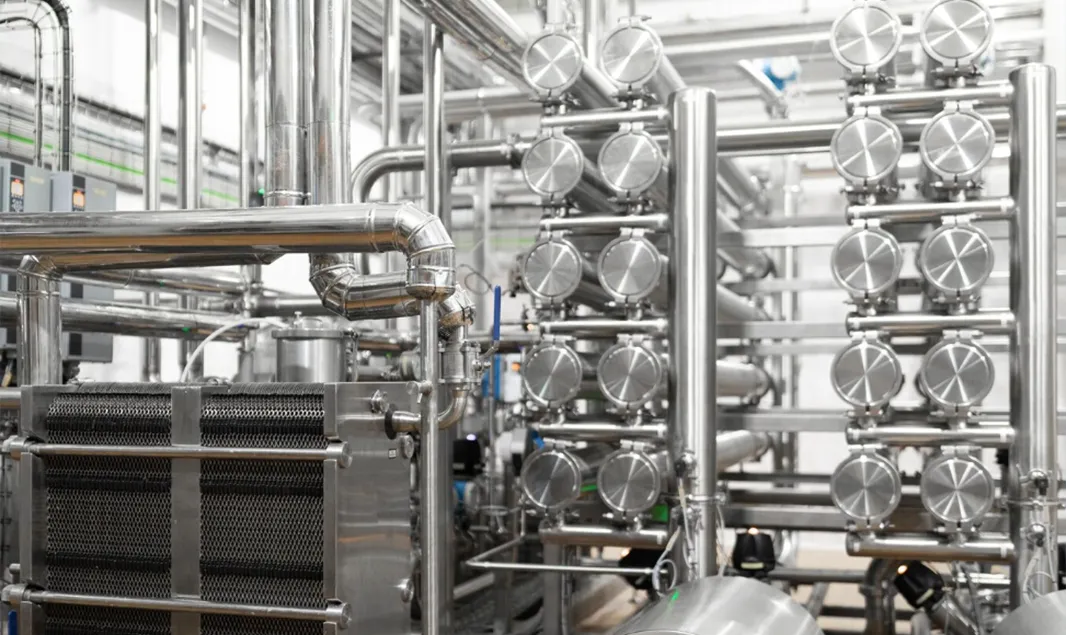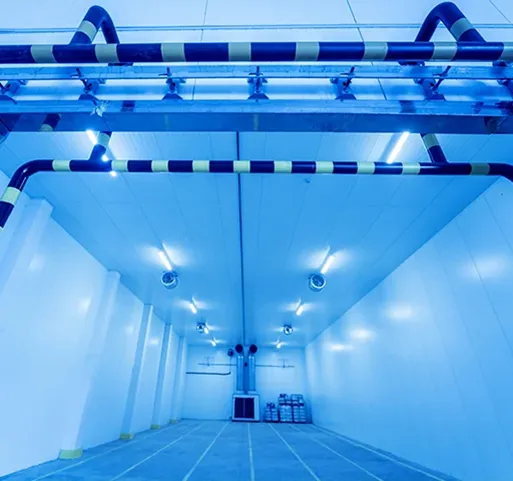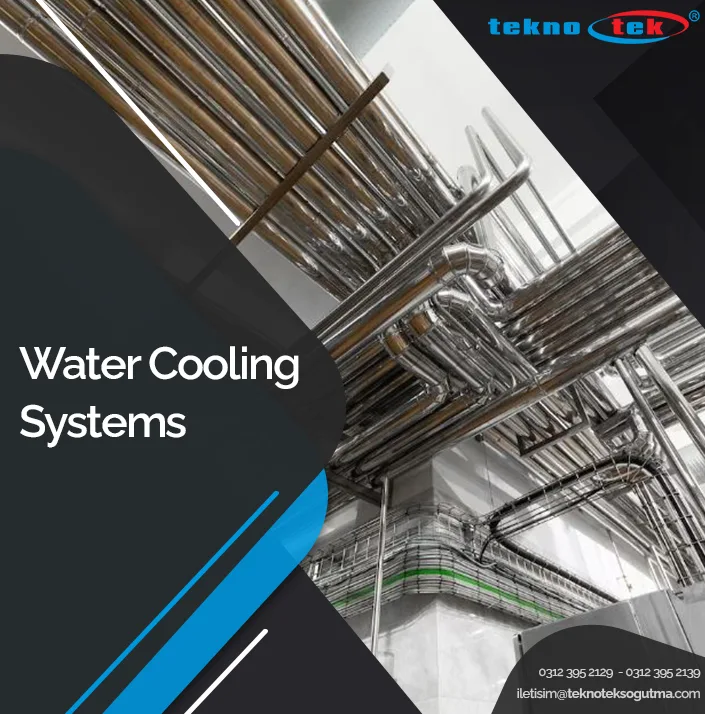Water cooling systems are mechanisms that transfer and cool heat using water. These systems typically consist of components such as one or more pumps, pipes, radiators, water blocks, and connectors.
Water cooling systems use liquids, which can transfer heat more efficiently than air, to transfer heat. Typically, water, antifreeze, or special cooling liquids are the preferred transfer media in these systems. With their high heat absorption capacities, liquid cooling offers an effective solution, especially in systems that generate intense heat.

The efficiency of a water cooling system can vary depending on the quality of the materials used, the flow rate of the water, the size of the radiator, and the performance of the fans. Additionally, the purity of the water used in the system and chemical substances such as anti-corrosive additives are also important, as these substances extend the life of metal parts and reduce maintenance needs.
What are Water Cooling Systems?
Water cooling is the oldest and most common liquid cooling method. The excellent heat transmission properties of pure water offer a wide range of uses, preferred from industrial applications to electronic cooling. Liquid cooling systems can also use other cooling liquids besides water. These liquids can be customized to perform better at certain temperature ranges or in special applications.
Types of cooling systems vary according to their areas of use and needs. The most common ones are air-cooled systems, water cooling systems, and hybrid systems. While air-cooled systems are generally less expensive and easier to install, water cooling systems have higher cooling capacity and efficiency. Hybrid systems combine the advantages of both technologies.
For industrial water cooling systems to work effectively and efficiently, regular maintenance and proper water quality must be maintained. Water quality should be carefully monitored to control mineral buildup, corrosion, and biological growth.

How Do Water Cooling Systems Work?
Water cooling systems generally include a series of components: water blocks, pumps, radiators, fans, and pipes. The basis of the system is to transfer heat from the components to the water and then cool this water through the radiator. The pump circulates the water that absorbs the heat and carries it to the radiator. Fans help cool the heated water in the radiator.
Water cooling systems are preferred for cooling sensitive equipment due to their efficiency and precision in temperature control. They also offer an ideal solution in environments that require noiseless operation. A water cooling system leverages the thermal properties of water to effectively manage heat. These systems have scalable structures for expanded cooling needs.
Water cooling systems vary in their areas of use, and each application may require a different system configuration. They have a wide range of uses, from computer cooling to industrial process cooling.
As an alternative to air conditioning systems, water cooling systems can be considered. Especially for industrial applications and computers that operate at high temperatures, water cooling systems offer more efficient and quieter operation compared to air conditioners. For home use, options such as evaporative coolers or portable cooling units are available.
Su soğutma sistemleri kullanım alanlarına göre farklılık gösterir ve her bir uygulama, farklı bir sistem konfigürasyonu gerektirebilir. Bilgisayar soğutmadan, endüstriyel proses soğutmalara kadar geniş bir kullanım alanı vardır.
Klima sistemlerine alternatif olarak sulu soğutma sistemleri düşünülebilir. Özellikle yüksek sıcaklıkta çalışan endüstriyel uygulamalar ve bilgisayarlar için su soğutma sistemleri, klimalara kıyasla daha verimli ve sessiz çalışma avantajları sunar. Ev kullanımı için ise evaporatif soğutucular veya taşınabilir soğutma üniteleri gibi seçenekler mevcuttur.

